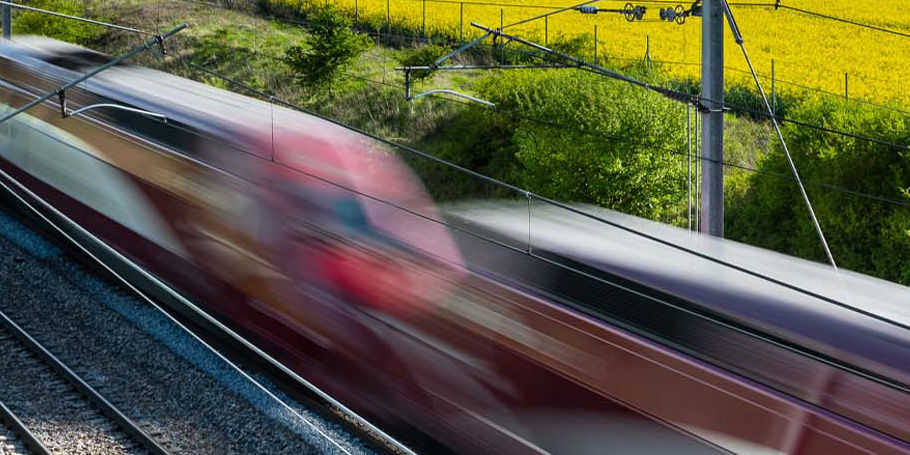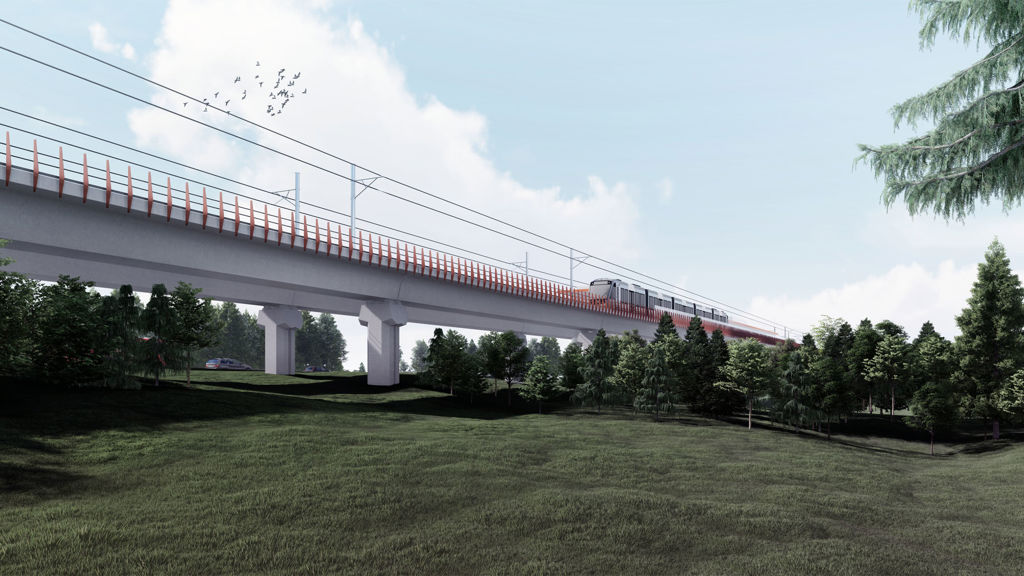The Transpennine Route Upgrade (TRU) is a major, multi-billion-pound programme of railway improvements which will bring better journeys to passengers travelling across the Pennines between Manchester, Huddersfield, Leeds and York. Launched in early 2017, TRU outcomes are focused on offering faster and more reliable journeys, increasing train frequency and enhancing current stations while providing sustainable travel to their users.
The programme involves complex interfaces including electrification, signalling, stations, tunnels, civil structures, electrical and track improvements over 12 stations, 70 miles of track, 65 bridges and 6 tunnels. The TRU West Projects (taking place between Manchester and Leeds) are an essential part of the TRU Programme that increases the lines capacity, reduces journey times, and will alleviate congestion during peak periods, improving service, and enhancing safety and comfort for passengers.
A collaboration between Network Rail, Amey with Siemens, BAM and Arup called the TRU West Alliance is already making this happen, including electrifying the line from Manchester Victoria to Stalybridge and increasing line speed through Miles Platting and remodelling Stalybridge station. Along with our strategic Supply Chain Partners including Tony Gee, AHR Architects, COWI and Atkins, the Alliance is using lessons learned to find better ways of delivering remarkable outcomes as we increase line capacity from 2 to 4 at Huddersfield, complete highly complex engineering works near Ravensthorpe and create a new Morley Station.
Benefiting communities
The upgrades as part of the programme will enhance customer confidence as millions of passengers will benefit from increased capacity and reliability. Improving the resilience of one of Britain’s oldest railways, the Alliance established best practices from the outset.
Implementing a collaborative design and early contractor involvement led approach to overcome the complex engineering issues, we are using digital engineering to enhance connectivity.
With more frequent trains, the customer experience will change and encourage more commuters to use a more sustainable form of travel. Understanding each station has different needs, we have created well-engineered best value solutions including services with enhanced passenger capacity via longer and quicker trains.
Quicker, cleaner, fully electrified more sustainable travel between Manchester, and York means more local commuters have greater access, enabling greater social mobility across local communities. TRU will be a driver for enhanced career choices for local people who live alongside this route.











